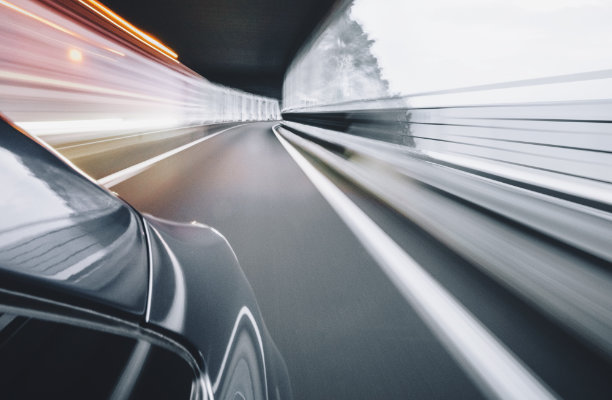This year, for example, Mercedes Benz announced plans to “launch green steel in various vehicle models on the market as early as 2025”1 in cooperation with a start-up. The aim is to save as much CO2 emissions as possible already during the production of the cars and their individual components instead of compensating them later on.
Volvo Cars presented its collaboration with a Swedish steelmaker to jointly develop fossil-free, high quality steel for use in the automotive industry2.
In 2020, 78 million vehicles were manufactured
And looking at the high amount of steel used for car production, this might have a huge impact on the progress of green steel development:
2020 marks a crisis year in automotive manufacturing. Due to the pandemic, only 78 million vehicles were produced, a drop in production of 16 % compared to the previous year3.
On average, 900 kg of steel4 is used per vehicle, summing up to an amount of 70,2 million tonnes of steel for the automotive industry in 2020 alone. Assuming around 1.83 t of CO2 emissions per tonne of steel produced, the production of steel for automotive manufacturing alone causes 128.46 million t of CO2, not including logistics routes and assembly at the OEMs plants.
Therefore, the movement towards green – or at least greener – steel seems as a well-considered step that will sooner or later find imitators. Steel manufacturers supplying to the automotive industry should keep that in mind while having a closer look at their processes and also checking their reportings.
There are smart solutions to support a smoother running and more efficient production with a reduction of yield losses, for example at casting and hot rolling operations, adding up to a better performance. By integrating corresponding IIoT applications, production reporting can also be supported.










